Via Aidan Foster-Carter's posting in the mailing list, I became aware of David Kilburn's site dedicated to what's going on in Gahoe-dong. In that neighborhood between Gyeongbok and Ch'angdeok palaces in the northern part of the historical Seoul "inside the four gates", the traditional-type Korean houses (hanok 韓屋) are being replaced by two-storey houses with only a hint of hanok characteristics as a consequence of speculative development by construction companies and the help of local authorities interpreting regulations on the speculator's favor. Here's an important explanation of the process of speculation:Step 1: The owner of a hanok receives a visitor who offers him slightly better than the going rate for his property. The visitor reminds the owner that he is living in an official "hanok preservation area" and so the future increase in land valuation is likely to be lower than elsewhere since only traditional single storey houses are allowed.
Step 2: Eventually, the owner is persuaded and sells his home.
Step 3: The construction company for whom the visitor works promptly files plans to demolish the existing house and erect a new two-storey residence which will have some hanok features on the top floor.. Working closely with local government officials, they develop the plans so that they meet an interpretation of the relevant laws and regulations that officials at Chongro-gu have devised.
Step 4: At this point, the value of the land effectively doubles and the construction company has the opportunity to market a very modern house in a very fashionable part of central Seoul and to realise a substantial profit. Obligingly, officials at Chongro-gu say they will classify erection of the new building as "Preservation and Redecoration" of a traditional hanok - providing an immediate cash grant of Won 30 million and a long term interest-free loan of Won 20 million.
Step 5: Since the new buildings will be expensive, and to help their marketing, Chongro-gu officials also indicate that they will be willing to grant business licenses so that the owners of the new buildings can maximize the commercial value of their new acquisitions.
The Losers: The original owners, cheated into selling their homes at low prices relative to what will be charged to new buyers a few months later.
The Winners: Speculative construction companies.
The Question to ask: Why do officials at Chongro-gu enable favored construction companies to treat their local residents in this way? Who do Chongro-gu officials really serve - residents of Chongro-gu or the construction industry? And why?
It's unfortunate that the official Romanized form of the name of the administrative area, Gahoe-dong, is not used. Throughout the site, url included, it's written as "Kahoi-dong." For Mr Kilburn's case, it'd be important that there'd be no room for confusion due to different spellings.
It is also unfortunate that there are inaccuracies and outright distortions in the Korean-language texts of the site.
The area of Gahoe-dong, hasn't been "ordinary people's" (sômin) neighborhood as given in the main page of the site but the housing area of Seoul-residing yangban ruling aristocracy. In the matters of housing, construction, building companies and local authorities in contemporary Korea, referring to sômin, category of underprivileged people, is not surprising, but historically it's incorrects as far as the character of Gahoe-dong is concerned.
The same goes for using minjung in describing the character of Gahoe-dong; it'd been more appropriate to make a connection to the yangban who lived in Gahoe-dong and served the Chosôn (Joseon) kings and the contemporary officials siding with speculators. The references to Japanese history schoolbooks and Dokdo are also totally unnecessary; it seems to have been used to emphasize the urgency and gravity of the matter, but they have nothing to do with this issue. Is Mr Kilburn aware what's been written in Korean on his behalf?
What I wrote here shouldn't give the impression that I don't appreciate and support Mr Kilburn's efforts.
An interesting anecdote given at the site: The hanok scenes of Kim Ki-duk's Pin Chip (Bin-jip, "empty house", Iron 6) were shot in Mr Kilburn's house.
Update, Sep 5, 2005.
David Kilburn contacted me by email, kindly disagreeing with my description of the character of the Gahoe-dong and the adjacent neighborhoods. Now that I think, I could have taken into account the Japanese-era developments - which I was aware of - when the "aristocratic" character of the northern parts of the central Seoul (pukch'on 北村, "northern village") came to be the area behind in development compared to the mainly Japanese-inhabited namch'on (南村, "southern village") south of Cheonggyecheon. Mr Kilburn:I appreciate your interest in www.kahoidong.com but I would like to disagree – to a certain extent - with one of your comments.
You say "The area of Gahoe-dong, hasn't been "ordinary people's" (sômin) neighborhood as given in the main page of the site but the housing area of Seoul-residing yangban ruling aristocracy."
This was certainly true while the Choson dynasty ruled Korea, but the character of the district began to change during the Japanese occupation. By the early 1920's the Yangban were in retreat. By the 1930's many of their large plots of land had been broken and smaller, more modest homes were built, though still following traditional ideas about design and construction. From this time forward, ordinary people gradually became the main residents.
Even today, there are still a handful of large houses on spacious plots of land. Mostly, these are so discreet that you would not spot them from the streets where smaller homes now give the district its sense of history.
My own house probably dates from around 1920, according to Korean architects who have visited it, judging mainly from the quality of the wooden beams and general proportions. One view is that it might have been built originally for a concubine; another view is that it may be a fragment of a larger residence. The previous owner had been born in the house and lived there till I bought it from him in 1988, when he was in his mid 60's. He referred to it as his family's home, saying
that his father had lived there before him - but for how long I do not know.
A couple of years ago, my predecessor's son (who was also born in the house) came to visit to show his own children where their grandfather had lived. They nosed around, we had some tea, and they said it all looked good but they much preferred their apartment in South Seoul, and off they went.
It was around that time that the concrete road surfaces in my own street and a couple of those adjacent were replaced with a surface of packed red earth. The local government said this would have been how the roads would have looked in Choson times and was done to single out these streets so that visitors - especially from abroad - would know them as streets of traditional hanok. Some efforts have been made to promote this and we do get camera-carrying visitors at weekends
- both Korean and non-Korean - when the weather is good and we leave the street door ajar for them. Alas, Choson civil engineers did not design their roads for motor vehicles. The new surfaces are gathering potholes and have lost much of their redness thanks to a wrongly applied spraying of oily fixatives to stabilize their surfaces. 
Lee Seung-yeon in the scenes of Kim Ki-duk's Bin jip (Iron-3) which were shot at David Kilburn's Gahoe-dong (Kahoi-dong) house.

Categories at del.icio.us/hunjang: housing ∙ urbanspace ∙ Koreanhistory ∙ Seoul |



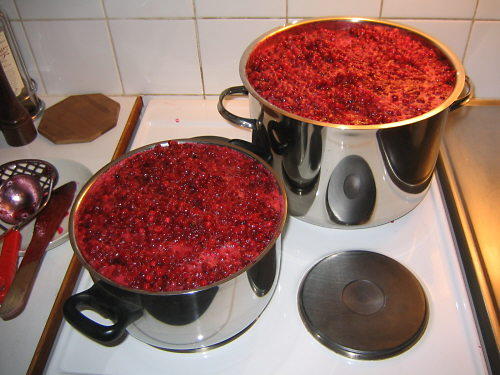

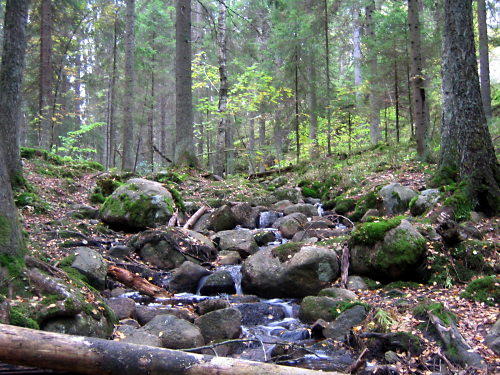
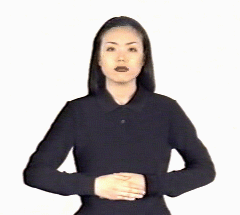
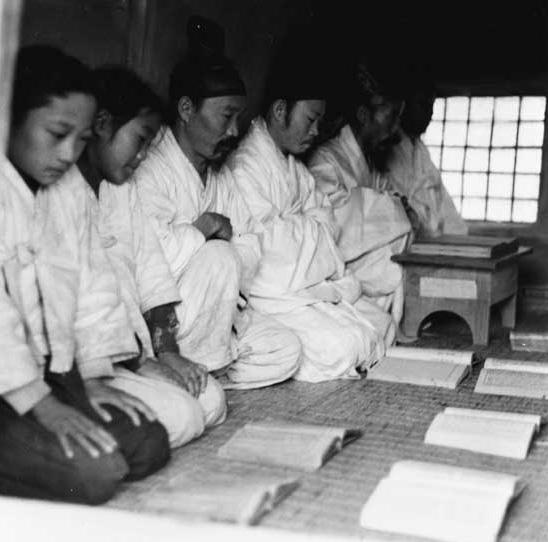














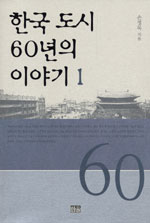 The seminal researcher of Korean urban history, Son Chông-mok, has published a two-volume work
The seminal researcher of Korean urban history, Son Chông-mok, has published a two-volume work 

